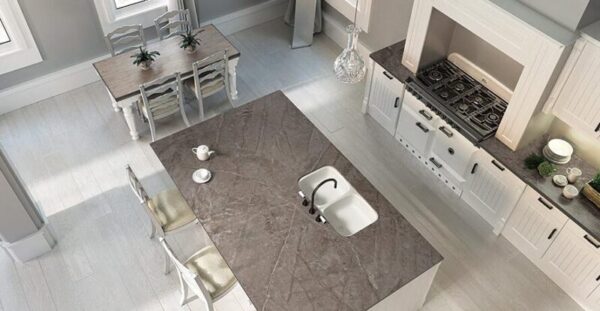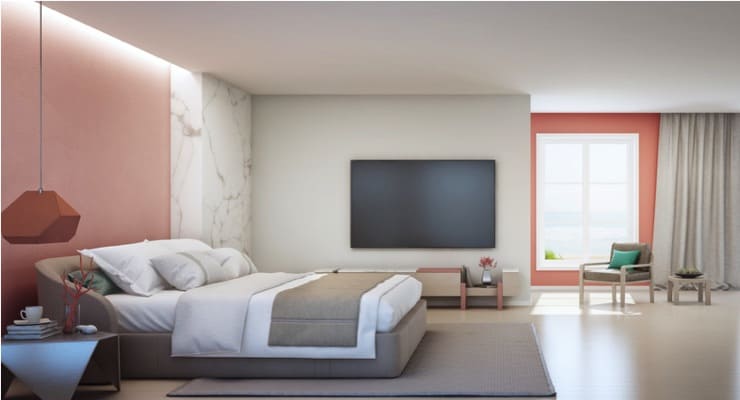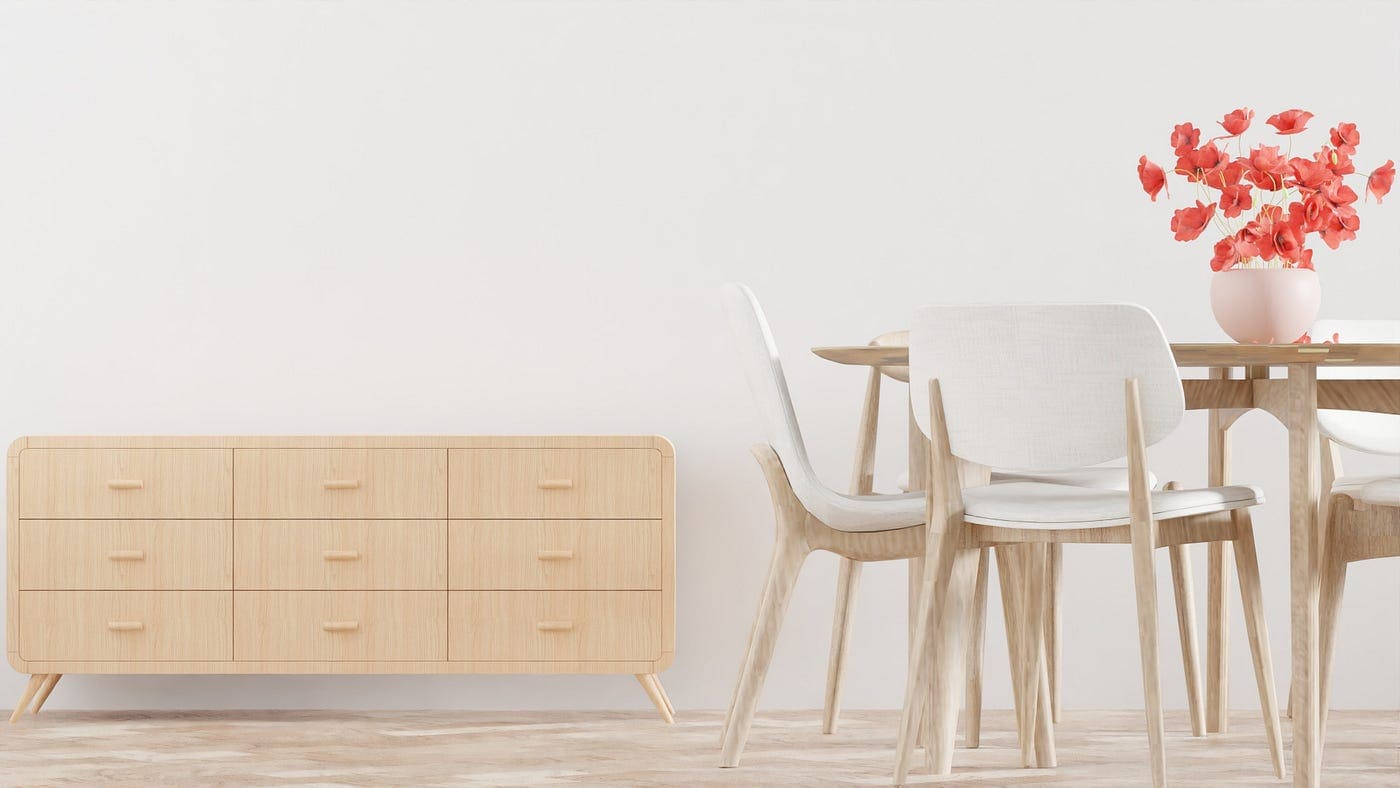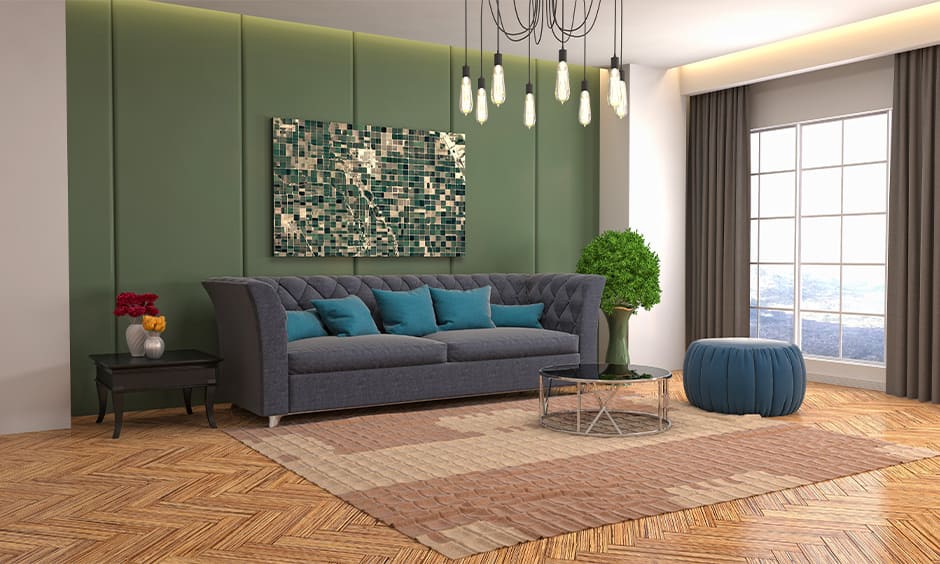Introduction
In the ever-evolving world of interior design, innovation plays a pivotal role in shaping the way spaces are conceptualized and constructed. One such innovation that has been gaining significant attention in recent years is sintered stone. This revolutionary material, born out of advanced technological processes, offers a myriad of benefits that make it a frontrunner in the design industry. In this essay, we will explore the reasons why sintered stone is touted as the future of interior design.
Unparalleled Durability and Strength
One of the most remarkable characteristics of sintered stone is its exceptional durability and strength. Created through a process known as sintering, which involves subjecting raw materials to extremely high temperatures and pressure. This material becomes highly resistant to impact, scratching, and even extreme heat. Unlike traditional surfaces such as marble or granite, sintered stone does not chip or crack easily, making it ideal for high-traffic areas in both residential and commercial spaces.
Versatility in Design
Sintered stone offers unparalleled versatility in design, allowing architects and designers to unleash their creativity without limitations. It can be manufacture in a wide range of colors, patterns, and textures, mimicking the appearance of natural stones, metals, woods, and even concrete. This versatility ensures that sintered stone can seamlessly integrate into any design theme. Whether it’s a minimalist, industrial, or a more opulent and luxurious aesthetic. The ability to customize sintered stone according to specific design requirements provides endless possibilities for creating unique and visually stunning interiors.
Environmentally Friendly Choice
In an era where sustainability is at the forefront of design considerations, sintered stone stands out as an environmentally friendly choice. The production process of sintered stone involves utilizing natural raw materials, minimizing waste, and reducing energy consumption. Additionally, sintered stone is recyclable, meaning that it can be reuse or repurposed, further reducing its environmental impact. As more consumers and designers prioritize eco-conscious choices, sintered stone’s sustainability credentials position it as a frontrunner in the interior design industry.
Ease of Maintenance and Hygiene
Practicality is a key factor in interior design, and sintered stone excels in this area as well. Unlike porous materials such as natural stones, sintered stone has a non-porous surface that resists stains and is easy to clean. It is also highly resistant to mold, mildew, and bacteria, making it an ideal choice for spaces where hygiene is paramount. Such as kitchens and bathrooms. The low maintenance requirements of sintered stone translate to both time and cost savings for homeowners and businesses. Enhancing its appeal as a top choice for interior surfaces.
Adaptability to Various Applications
Sintered stone is not limit to just countertops or flooring; its adaptability extends to a wide array of applications within interior spaces. From wall cladding and backsplashes to furniture, fireplace surrounds, and even outdoor installations. Sintered stone can be seamlessly incorporate into diverse design elements. Its ability to withstand outdoor conditions makes it a popular choice for exterior applications, adding a cohesive aesthetic to both indoor and outdoor areas of a property. This adaptability ensures that sintered stone can be utilize across different. Aspects of interior design, enhancing the overall coherence and visual appeal of a space.
Conclusion
As the demand for innovative, durable, and environmentally conscious design materials continues to rise, sintered stone emerges as a frontrunner in the realm of interior design. Its unparalleled durability, versatility, sustainability, ease of maintenance. And adaptability to various applications position it as the material of the future. Architects, designers, and consumers alike are recognizing the immense potential of sintered stone. To transform spaces into functional and aesthetically pleasing environments. With its exceptional qualities and the ongoing advancements in its production techniques. Sintered stone is undoubtedly shaping the future landscape of interior design, offering a harmonious blend of form, function, and sustainability. As we move forward into an era where innovative solutions are paramount, sintered stone stands as a testament. To the endless possibilities that technology and creativity can achieve in the world of design.





